Hi! If you experience a shiny T-zone with dry or normal cheeks, you’re not alone—around 60% of us have combination skin. Let’s dive into some expert tips to help you manage it effectively.
Understanding Combination Skin
Combination skin often emerges during adolescence as hormones activate the sebaceous glands in the T-zone. This activity enlarges the pores and can sometimes lead to acne. As we age, balancing combination skin can become even trickier, especially when adding anti-aging products. Active ingredients, which work well in the oily T-zone, can cause dryness or irritation on the cheeks. Traveling can also impact combination skin, as changes in humidity, temperature, and even air travel can heighten the T-zone vs. cheek differential.
With that in mind, here are some top tips for managing combination skin effectively.
Step 1: Get Cleansing Right
It’s tempting to combat oiliness in the T-zone with harsh, foaming cleansers, but that can lead to excessive dryness in the cheek and eye areas. Instead, stick to gentle, non-foaming, gel-based cleansers that are fragrance-free and non-irritating. These cleansers do the job without stripping your skin, allowing your targeted active ingredients to do the corrective work without compromising your skin’s balance.
Step 2: Manage Moisturizer Needs Carefully
About 30% of people with combination skin felt that one moisturizer didn’t meet all their needs. Customizing your moisturizer routine is key. Look for moisturizers enriched with barrier-repairing ingredients and humectants but lighter on emollients, which can feel heavy or greasy.
At night, feel free to use a more hydrating, luxurious moisturizer, especially if you’re using actives like retinoids that can dry the skin. In the daytime, opt for a lighter moisturizer to keep your skin hydrated without excess shine.
Step 3: Don’t Skimp on SPF
SPF is essential, but consider having a few options to adapt to seasonal needs. In winter, a more hydrating formula may be necessary, while summer might call for a lightweight, matte-finish sunscreen. Choose the sunscreen that provides the right protection and consistency for your skin’s needs, ensuring this vital part of your routine keeps your skin well-protected.
Step 4: Introducing Actives
When incorporating actives, especially retinoids, consider starting with drier areas and go slow. Retinoids, for example, can be potent, so it’s best to start with a lower strength and build tolerance gradually. This approach helps the skin acclimate, allowing for better tolerance over time. Don’t dive in too quickly—start low, particularly if you have any clogging or oiliness in the T-zone.
Step 5: Mindful Makeup Choices
If you’re prone to breakouts or clogging, be cautious with powders. For oily T-zones, blotting papers are a fantastic alternative. NYX, for example, offers matte blotting papers, which work well for removing excess oil without the cakey buildup that powders can create. By using blotting papers, you can refresh your makeup throughout the day, keeping it looking dewy and fresh without over-matting.
For those who prefer a more matte look, consider cream-based products that minimize shine while avoiding powder. Even with matte products, you’ll likely find blotting papers helpful to maintain a natural, lively skin look.
These are our go-to tips for managing combination skin, especially as we head into winter when T-zone and cheek differences tend to increase. We hope these insights help you keep your skin balanced and glowing. Feel free to leave any questions below—we’d love to help further!
Bye for now!

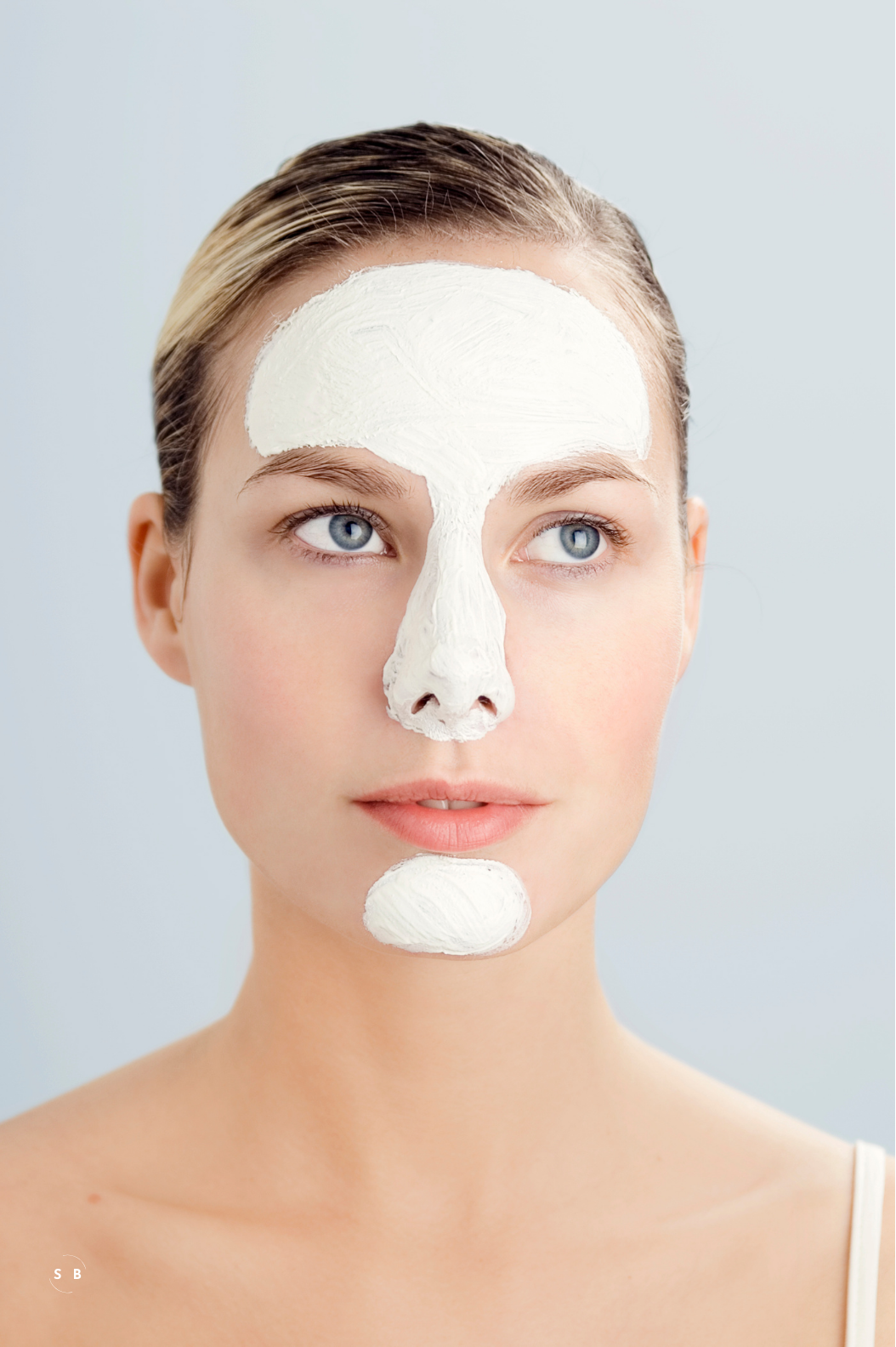


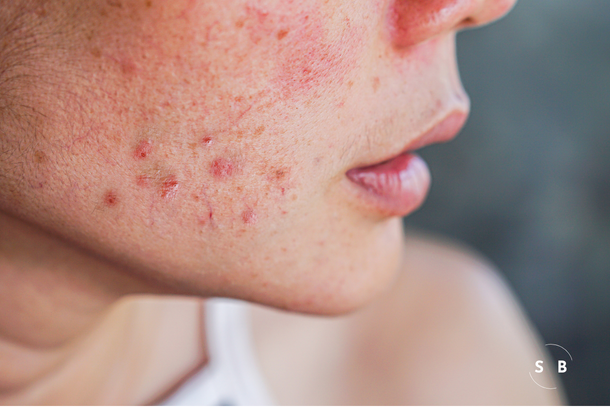
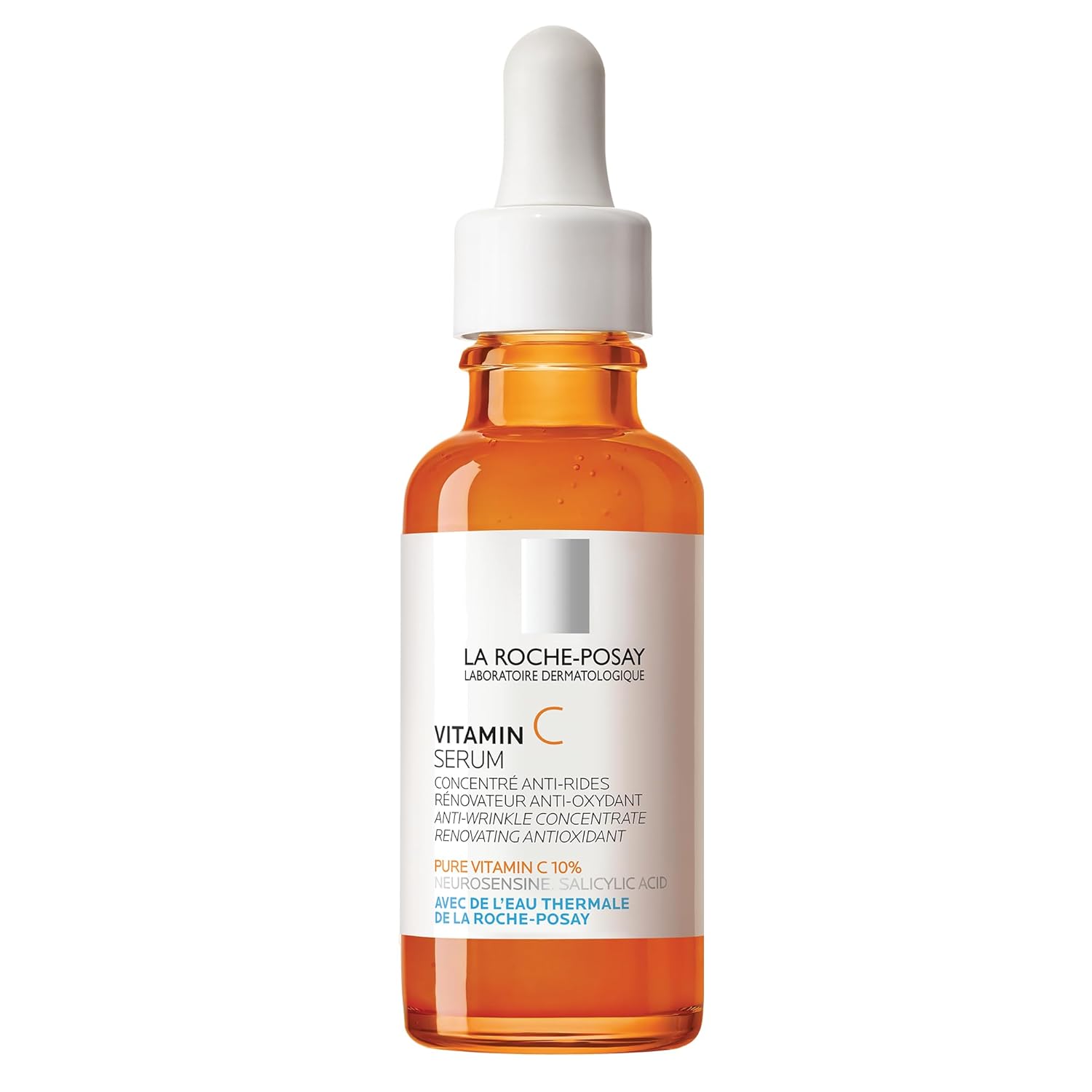
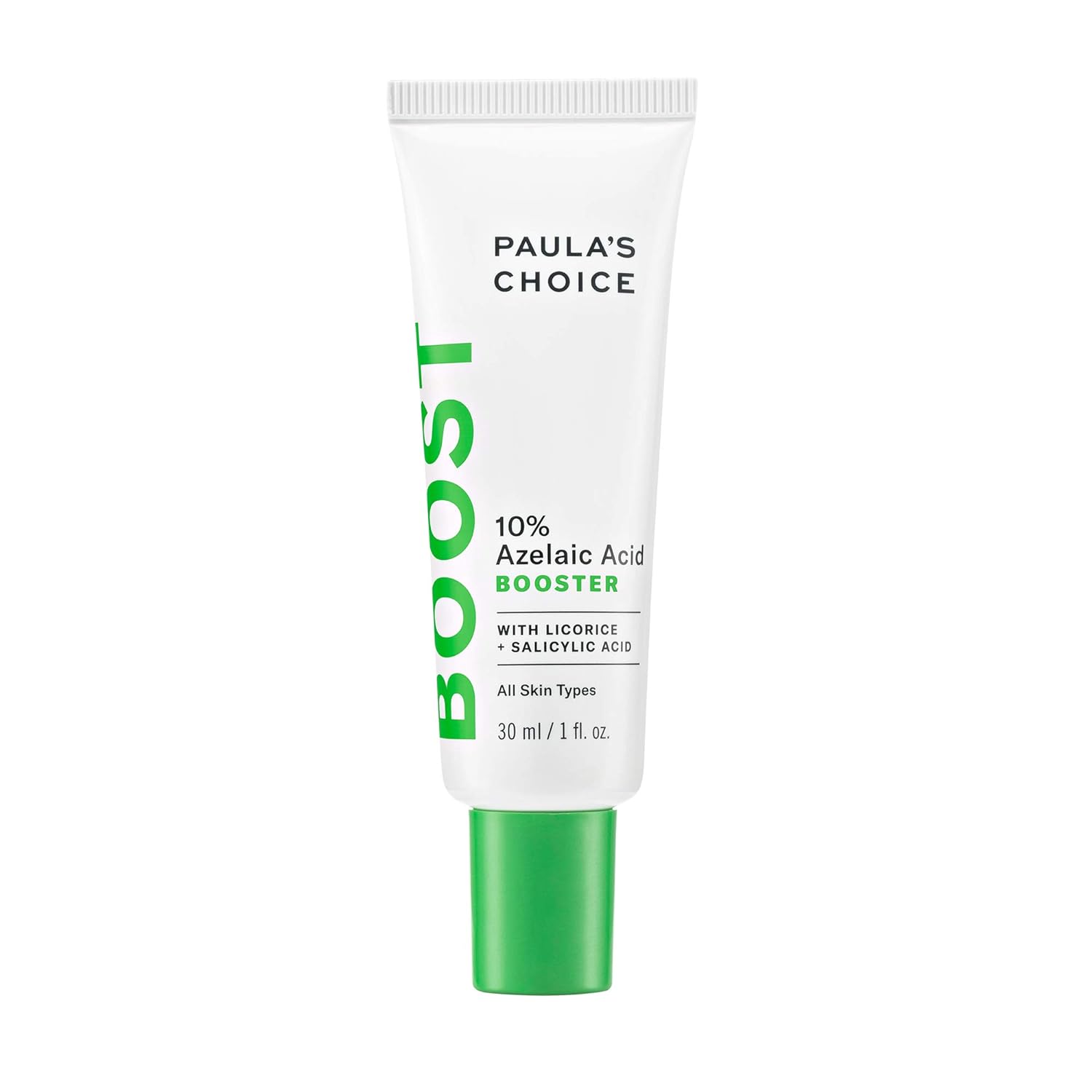
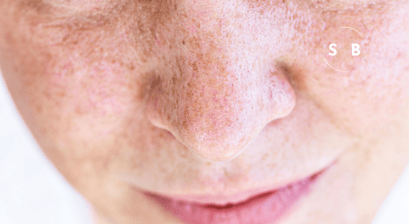
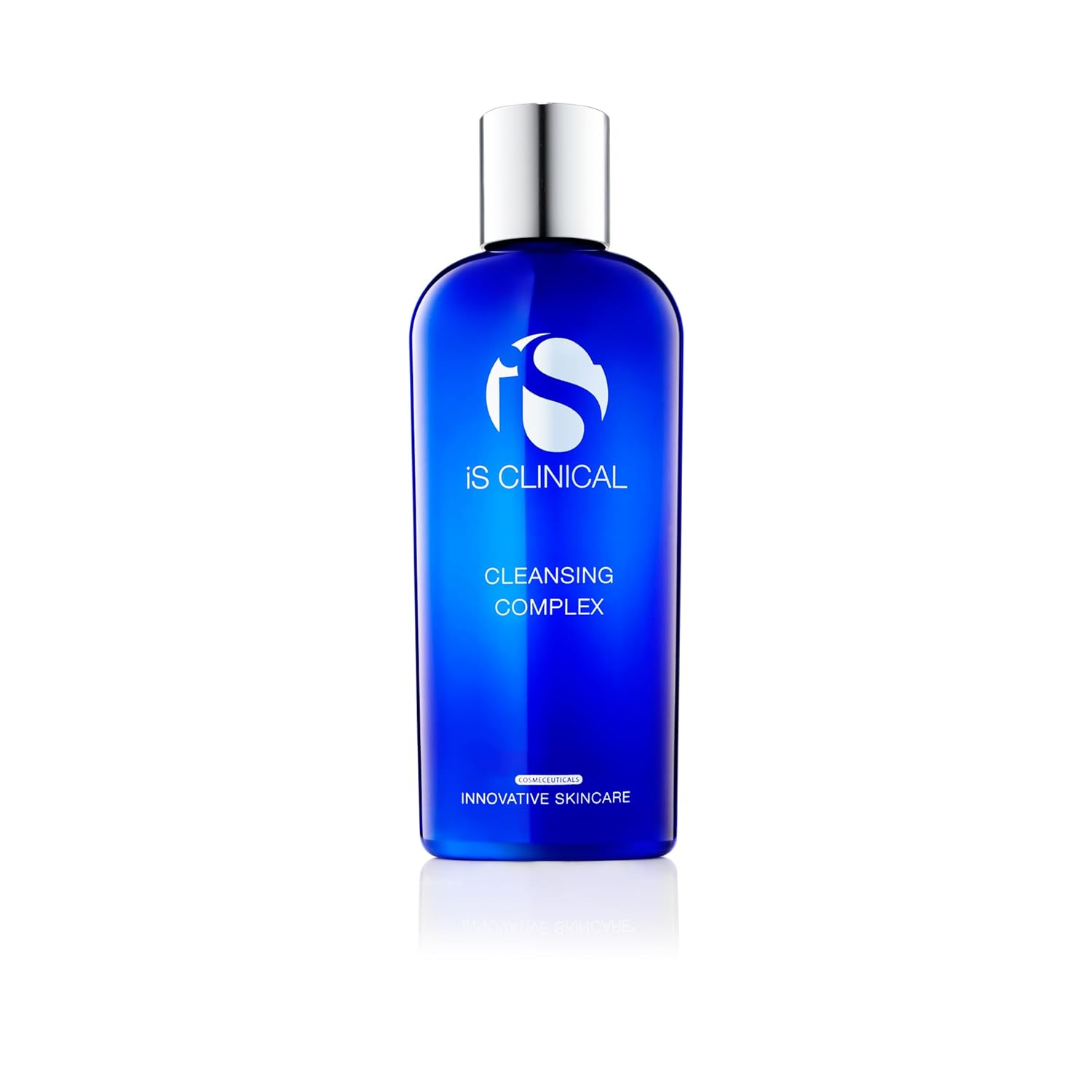
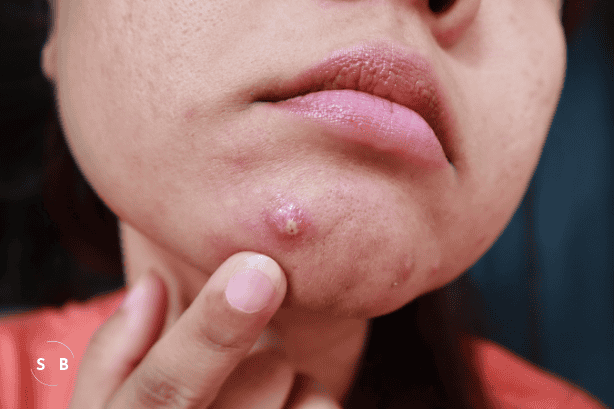
Leave a Reply